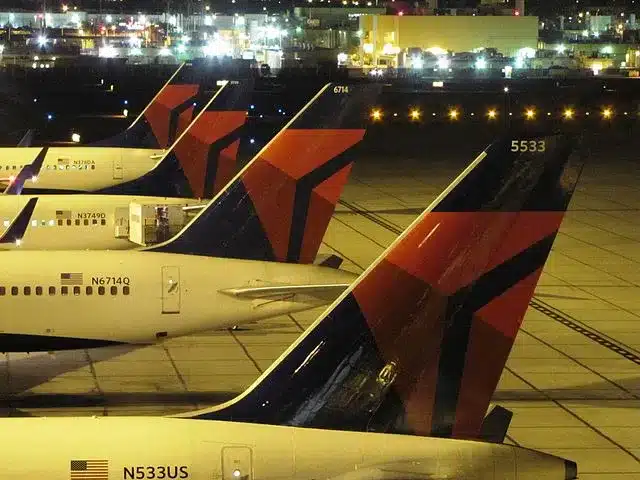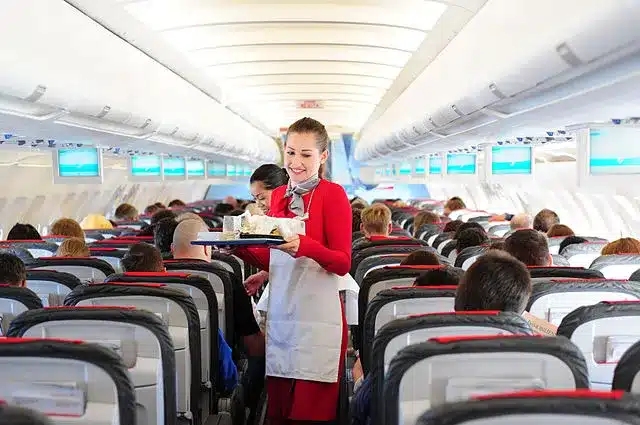ETOPS and How We Fly Long Distances
Extended Twin-engine Operations or ETOPS – is no more. Well, the phrase anyway. We now have EDTO or Extended Diversion Time Operations.
Which is a much better way to look at the topic. But we for one will struggle to stop saying ETOPS.
Extended Range Twin-Engine Operations (ETOPS) has been in place since 1985. A safety protocol that allowed modern aircraft with only two engines to take advantage of their statistical reliability to be more fuel and time efficient. Under certain predefined conditions.
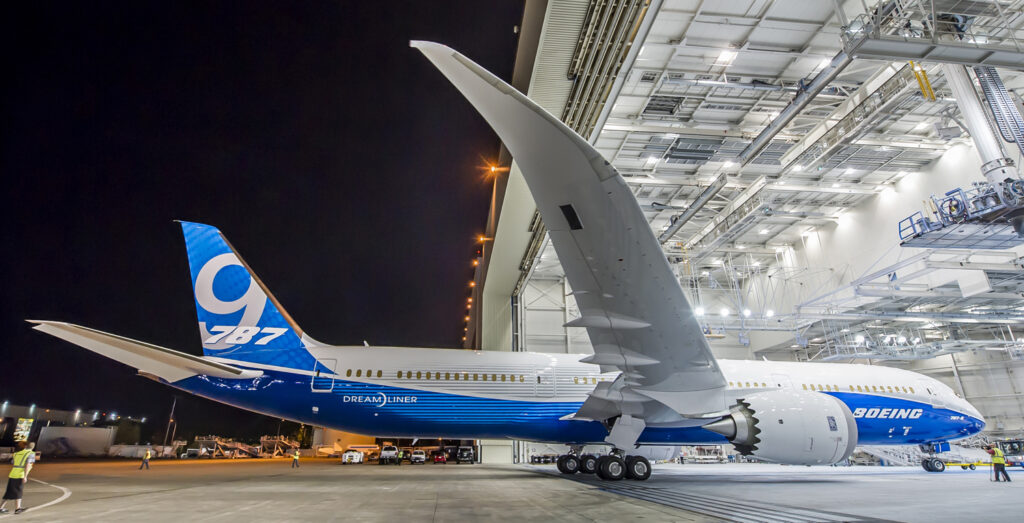
Letting them fly over vast areas of the world where diversion airports are limited. Or non-existent.
Quick caveat – If you have four engines and you lose one, your survivability statistics are still much better than aircraft with only two engines. So, we are not concerned with aircraft with more than two engines.
What is Aircraft ETOPS?
If an engine on a twin-engine aircraft fails, what we are super-interested in is how far and at what speed we might be expected to travel on that remaining engine. We need to get to an adequate airport, to make a landing, under the remaining engine’s power. ETOPS is the “toolkit” we use to predict and manage this extremely rare event.
EDTO is fundamentally the same as ETOPS, but with some modifications which you need to be aware of. And we don’t mind that you can’t stop saying ETOPS. As long as the regulations, you comply with are the new EDTO ones. And not the old ETOPS condition.
EDTO has been around since 2012, so if you have yet to discover the subject then it’s high time you did. So let us guide you through the new regulations that can be found in ICAO Annex 6. You need Attachment D. Here you will find the standard conditions and maximum diversion times.
ICAO Guidance & ETDO Operational Approval
60 minutes on one-engine-inoperative cruise speed. That’s still the threshold for all turbine-engine aircraft, where we say you are now operating extending twin-engine operations. Beyond that is the ever-increasing time you need to fly to a suitable airfield with only one of your two engines as a power source.
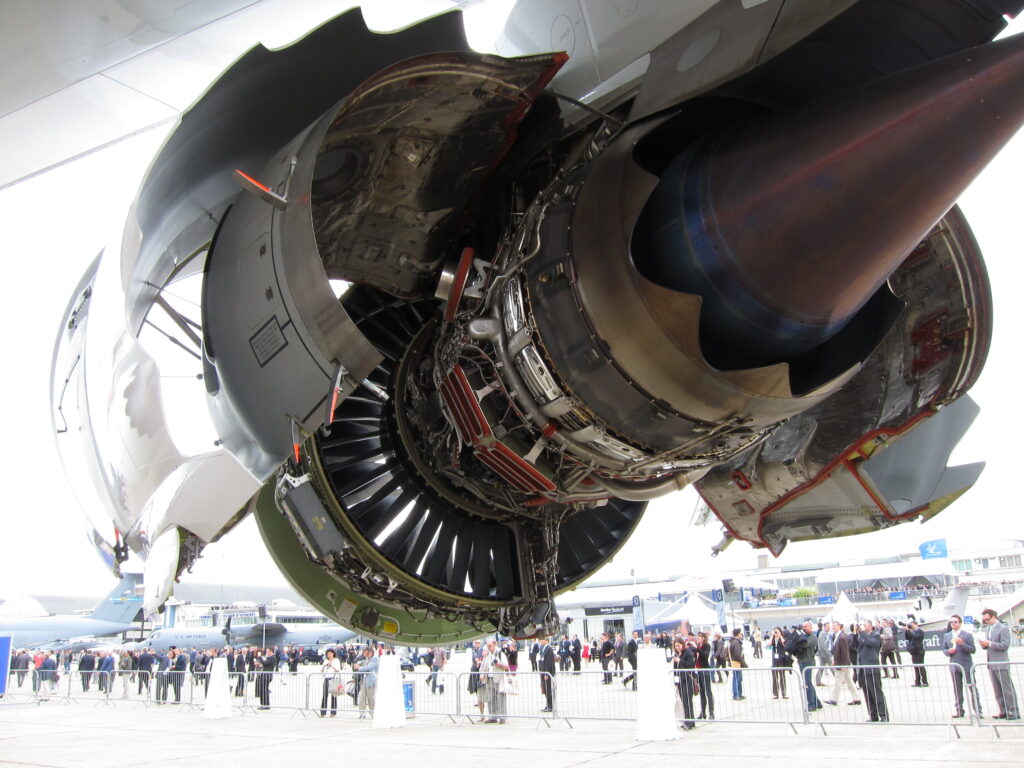
The main change is that a distinction is drawn between those operations which do not exceed an established “Threshold Time”. Defined as the “range, expressed in time, established by the state of the Operator to an en-route alternative Aerodrome. Whereby any time beyond it requires an EDTO approval from that state”.
So, what we now do is calculate the one-engine flying time in ISA. And still air to convert threshold time to distance.
EDTO Approval & Type
All flights are subject to illicit approval just like ETOPS. With both the Aircraft (type) needing approval as well as the Operator (Airline) That means that flight operations staff (aircraft dispatchers or Controllers) must be trained and approved to dispatch their EDTO approved aircraft into these operations. There are two fundamental principles at play when we consider these flight plans.
- Precluding the need for an enroute diversion. By designing reliable engines and safety systems and then implementing specific maintenance precautions prior to dispatch.
- Protecting any diversion which might become necessary. By implementing system reliability that can facilitate a safe diversion but also execute that diversion when it happens.

Pass the FAA Private Pilot test with flying colors. Achieve your dreams of flying an airplane.
Boeing ETOPS Example
One of the aircraft manufacturers, let’s say from Seattle, is selling you a brand new B737. On one of the first transatlantic flights, you lose an engine. You now need to divert to a suitable airport. What you don’t want is to discover that your dispatcher didn’t look at the weather at your diversion airport during your planned fly-by.
Or due to a maintenance process, the runway is closed. And there was a NOTAM. Or another light aircraft crashed there yesterday, or one of hundreds such occurrences that will result in the reduction of the runway distance. What if something else goes wrong, just after you lose that engine? An inadvertent fuel loss or a loss of backup power. This scenario was already bad, but it now exacerbates a safe flight by adding workload to the pilots.
Any further ETOPS complication or skewing of the diversion time operations, could be fatal.
How to satisfy the Aviation ETOP Approvals
What procedures do we follow to make sure we are covering the main principles?
- Aircraft Type certificate. We need to make sure the airframe and engine combination has many millions of flight hours history and experience behind it.
- The Airline also needs many years of experience with ETOPS or EDTO, so they know what they are doing when they plan such flights. This is a regulatory authority approval and there’s a list of operators with that special approval.
- Training. Pilots and dispatchers and maintenance staff are all trained in the EDTO rules and regulations on commercial aircraft.
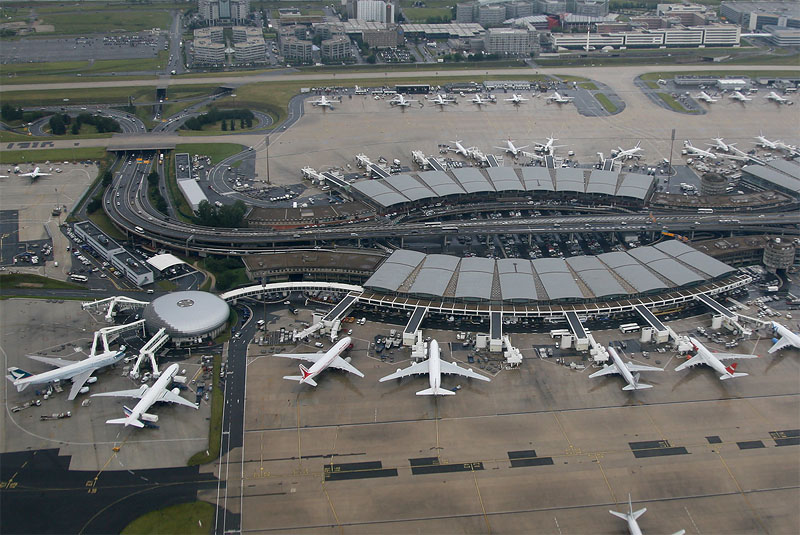
What is Maximum Diversion Time ?
The MDT concept exists so we can approve an area of operations when disaster strikes twin engine aircraft. Airplane type certificate requirements are applied so that when the maximum diversion time exceeds 180 minutes for a one-engine out diversion, the rate for the specific engine/airframe must be less than 0.01/1000 hours, and the capability of time-limited systems, such as the cargo suppression system, relative to a maximum diversion at the all-engine operation speeds.
Before issuing an EDTO approval your state authority must ensure that the MDT does not exceed the most limiting EDTO-significant time limitation which is relevant to that operation and identified in the AFM (Airline Flight Manual) is not exceeded and that the aircraft is certified.
This is done using an SRA, a safety risk assessment, which the airline will complete to show the authority that they are fully prepared should they lose an engine during a critical flight phase. This SRA must show.

Get yourself in the sky today and feel what it’s like to be a pilot!
- The Capabilities of the Airline, especially
- Crew
- Dispatch
- Technical
- Aircraft and Engine type certification
- Data that demonstrates the reliability of their Aircraft/Engine combo (and the power reductions).
- The reliability of each time-limited system.
- EDTO data as provided by the Aircraft and Engine OEMs
- Any other mitigation measures for extended operations.
ETOPS & Aviation Safety
This SRA is critical because of a range of issues or maintenance procedures – Say for example BFE (buyer furnished equipment). Some airlines like to modify their aircraft for any range of reasons, live animal carriage, in-flight entertainment, and seventeen different seat classes all the way up to a presidential suite.
All these systems add weight and require additional energy from the engines. One engine if you have one of these En-route diversions.
Continuing Surveillance of EDTO
If you are a new recipient of an EDTO type approval, then you will be under scrutiny. Your lack of experience at this point means that you need to get experience, and quickly.
The more flight hours you operate under EDTO the more satisfied your authority will become and the more service reliability extensions they will give you. But they will want you to report any EDTO relevant events which could be anything like
- Any system malfunctions
- Degradation of any other in-flight event requires the crew to decide whether they should turn back, divert, or continue under an increased level of alertness.

Most aircraft reliability events occur because of non-technical circumstances such as weather, a passenger falling ill, bird strikes or a faux pas on a maintenance action on the previous stopover.
As happened with Lion Air 610. However, awareness of these technical events allows oversight of continued airworthiness by both aircraft OEM and their certifying authority so that any corrective actions can be identified and implemented.
Aviation safety is always the goal. So that your flight plans include your return flight.


